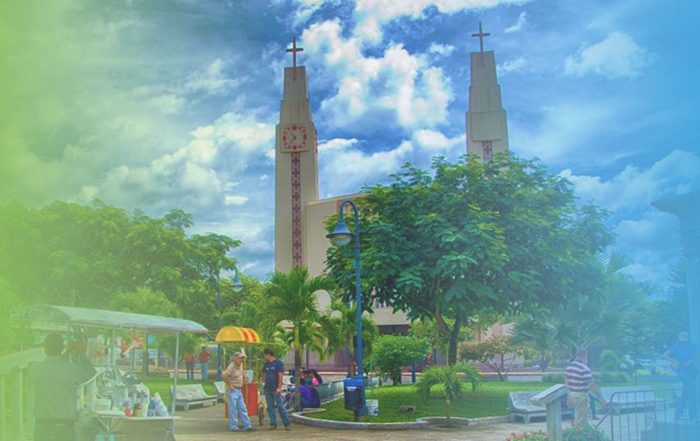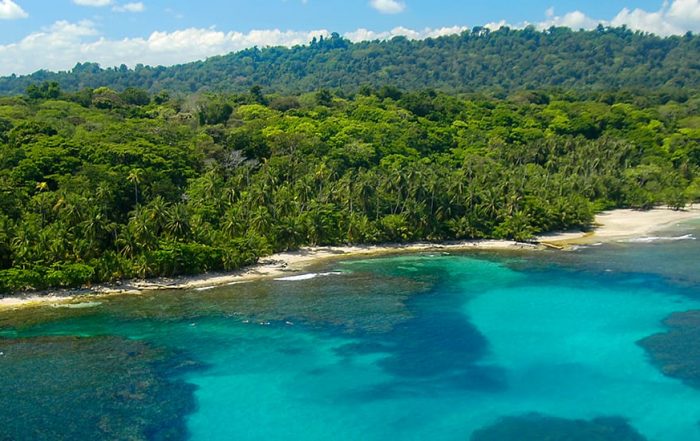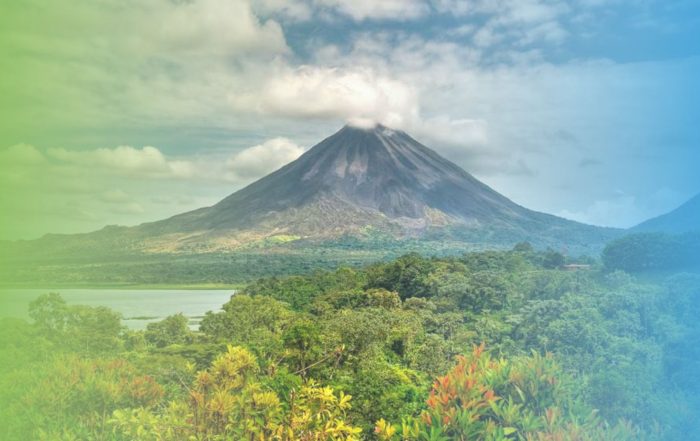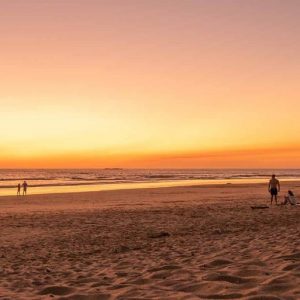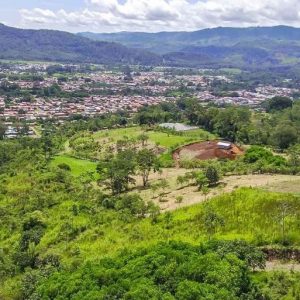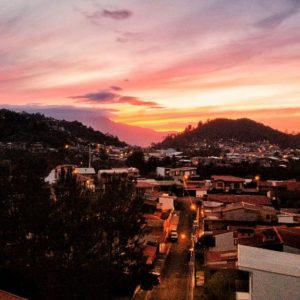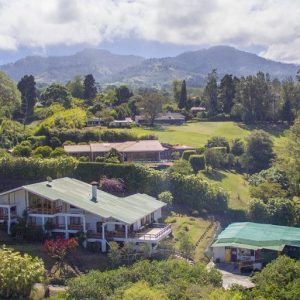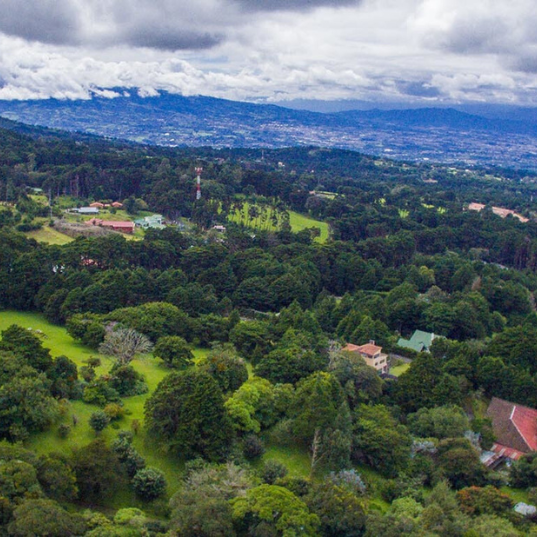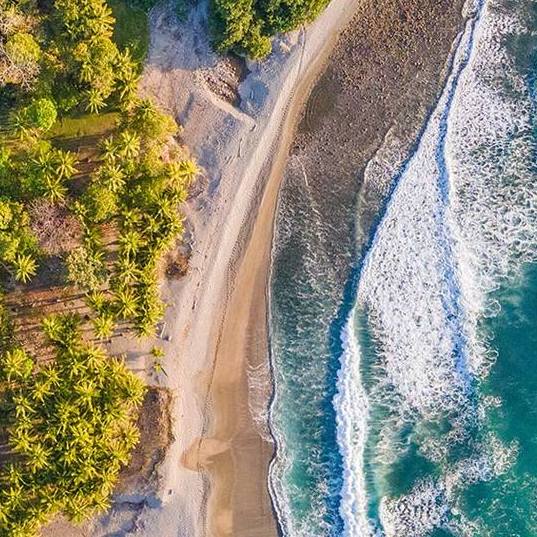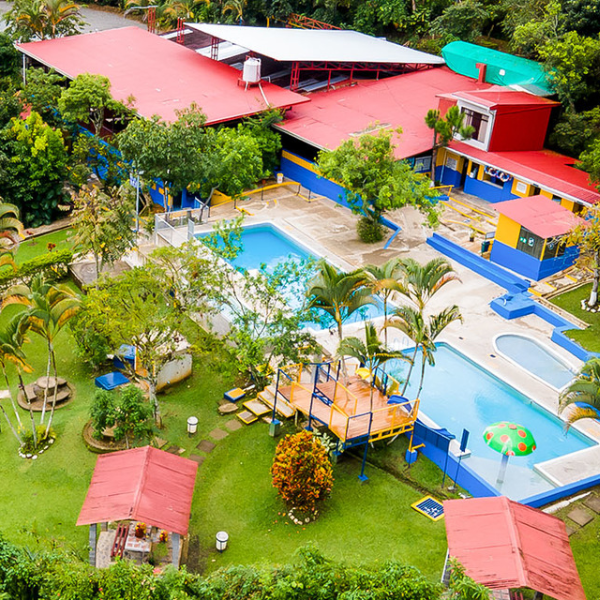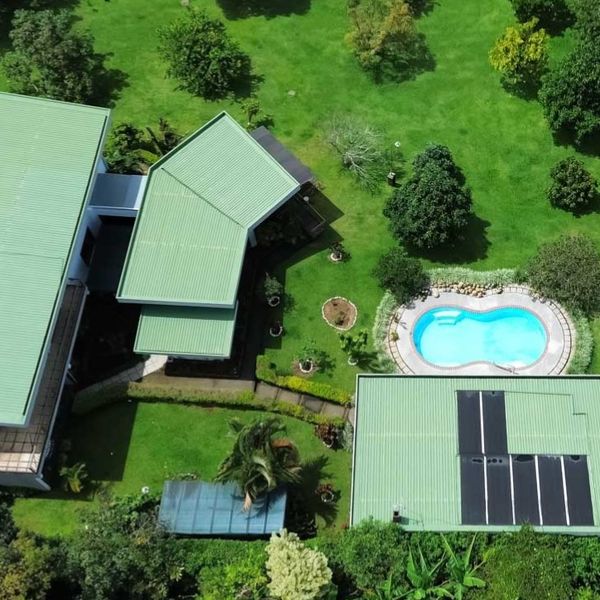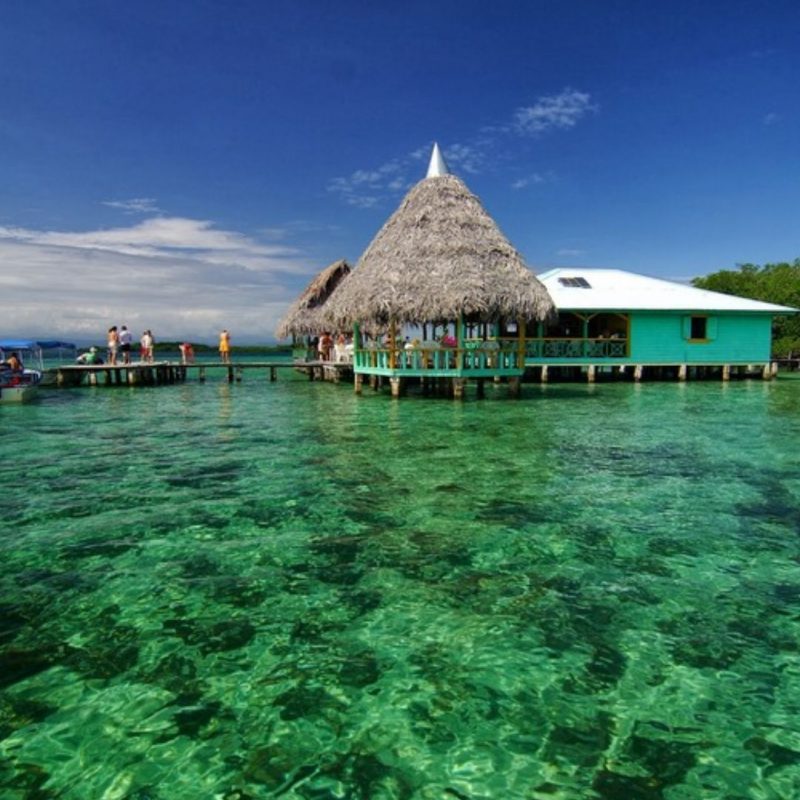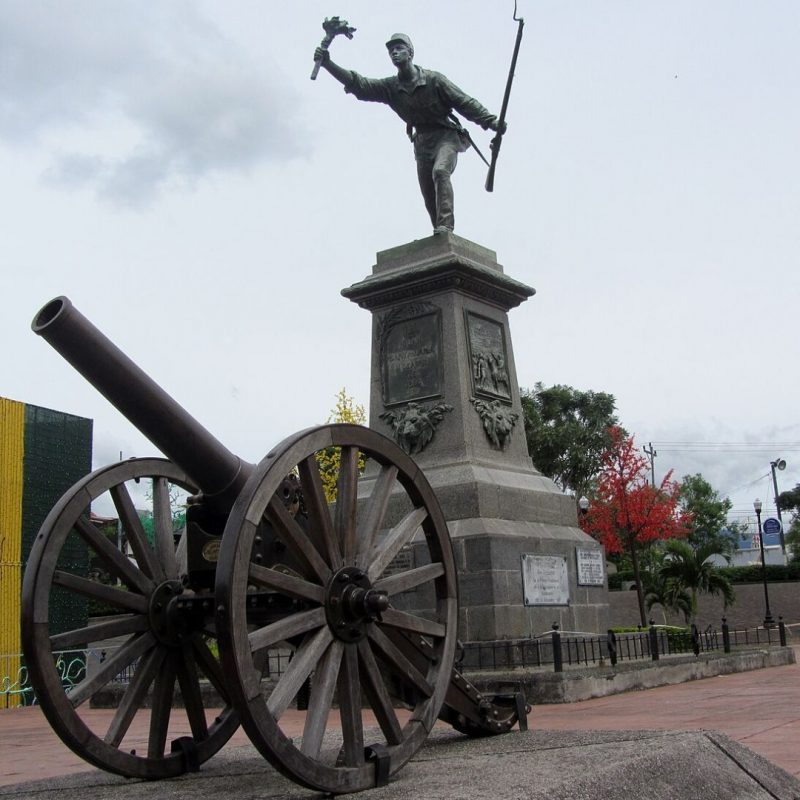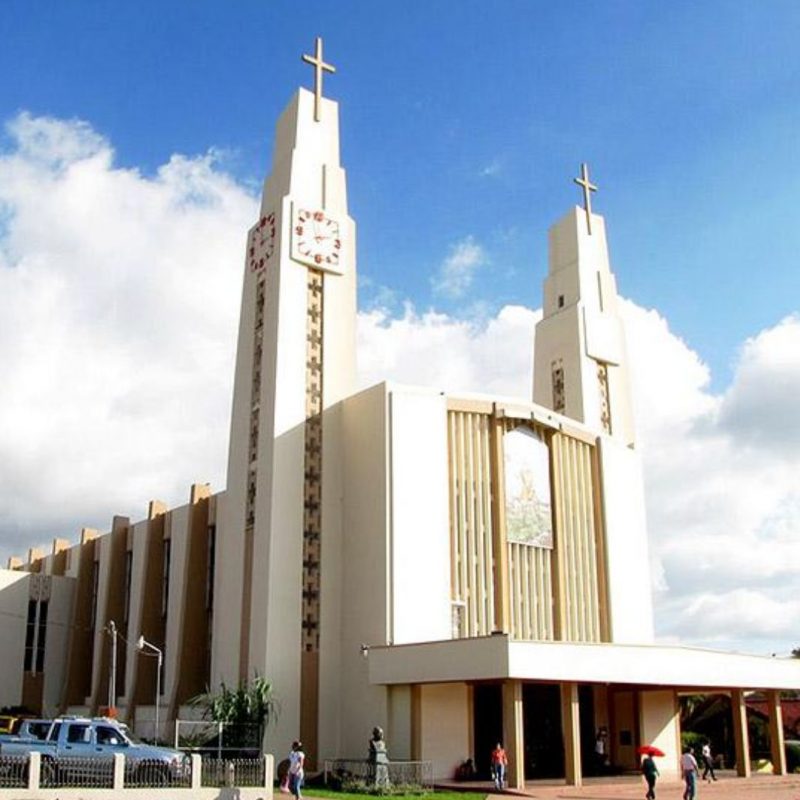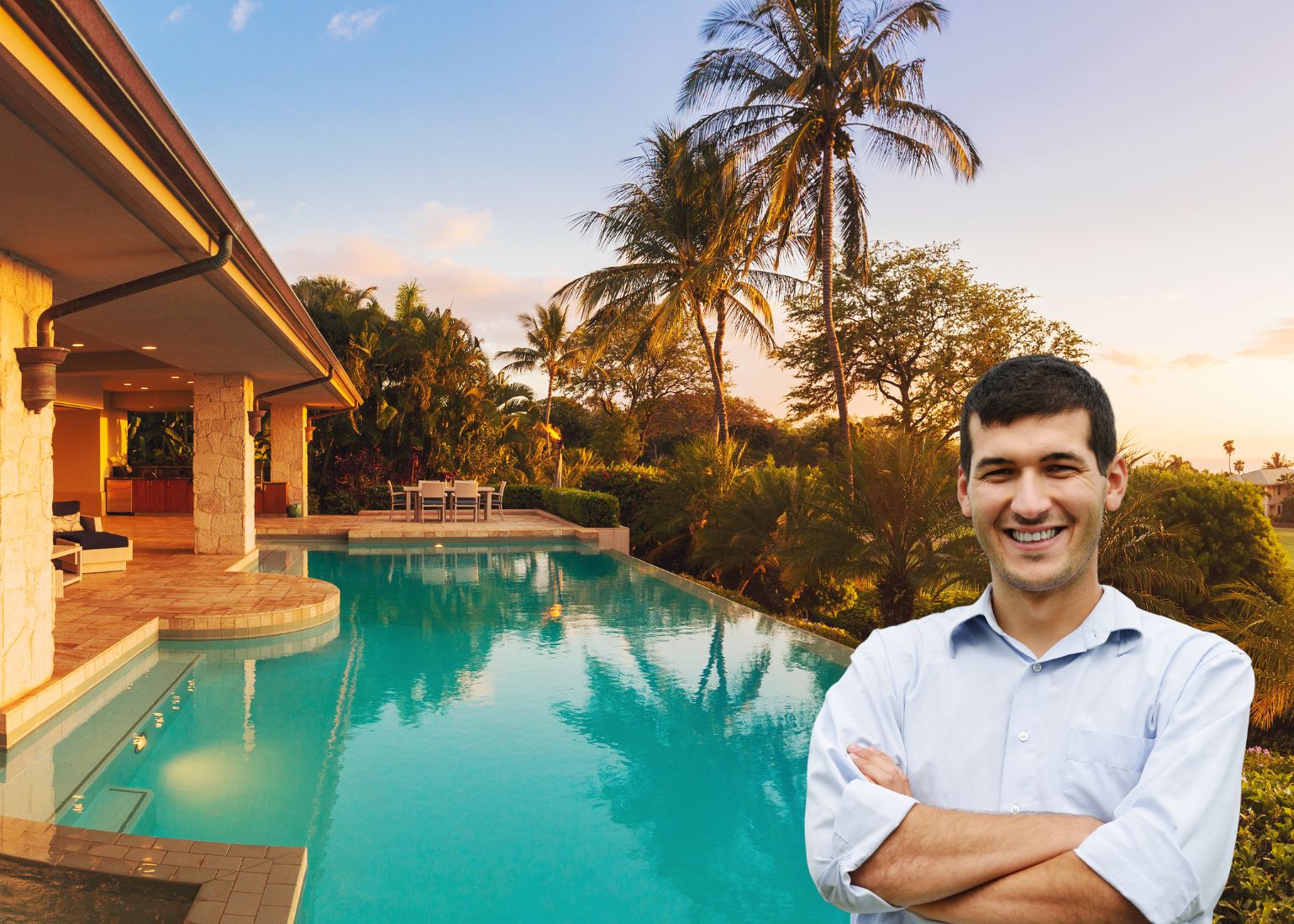Costa Rica’s Caribbean region boasts great natural, cultural, and economic wealth. It combines areas of high tourist value, such as Puerto Viejo and Manzanillo, with areas of industrial, agricultural, and commercial development. Its biodiversity, Afro-Caribbean culture, and growing investment opportunities make it an attractive place to buy property.
General Information about the Caribbean:
Cost of Living in the Caribbean
The cost of living in the Caribbean varies by region, but the following table reflects the general monthly expenses for a family of four:
| Investment | U.S. dollars |
|---|---|
| Electricity | $30 – $70 |
| Water | $10 – $25 |
| Telephony and Internet | $40 – $70 |
| Rent | From $600 and up |
| Home purchase | From $100,000 hand up |
| Elementary and Secondary Education | Public: Free of charge / Private: $50 – $150 |
| Restaurants | $100 – $200 |
| Transportation | $150 – $300 |
Benefits of Living in the Caribbean
Climate:
- Warm all year round. Stable temperatures between 75 °F and 86 °F allow you to enjoy the outdoors without experiencing extreme seasons.
- Tropical and rainy environment: Frequent rains and humidity keep the environment green and lively.
- Microclimates are available. At higher elevations, you can enjoy a cooler, more temperate climate.
- The Caribbean lifestyle may vary by region, but the following table generally reflects the monthly cost for a family of four residing in the Caribbean.
Nature:
- Exuberant Biodiversity: The Caribbean is a natural paradise with jungles, mangroves, beaches, and national parks such as Cahuita and Tortuguero.
- Wildlife watching: Sloths, monkeys, exotic birds, and sea turtles are commonly seen.
- Unspoiled beaches and rushing rivers: These are ideal for activities such as surfing, diving, kayaking, hiking, and fishing.
Proximity:
- Relaxed and Authentic Atmosphere: The pace of life is slower and more in tune with nature, far from the stresses of the city.
- Strong cultural identity: Afro-Caribbean and indigenous influences create a diverse, welcoming, and tradition-rich community.
- Community Spirit: In towns like Puerto Viejo and Bribri, neighborhood solidarity and collaborative projects are common.
Lifestyle:
- Connectivity to the center of the country: Route 32 allows you to reach San José in 3.5 hours under normal conditions.
- Access to the Port of Moín is ideal for logistics businesses or agricultural exports.
- Proximity to the northern border and the southern Caribbean allows you to quickly explore natural and cultural areas (e.g., Panama).
Artículos de Compra en Nuestro Blog
Guías de compra por zona



